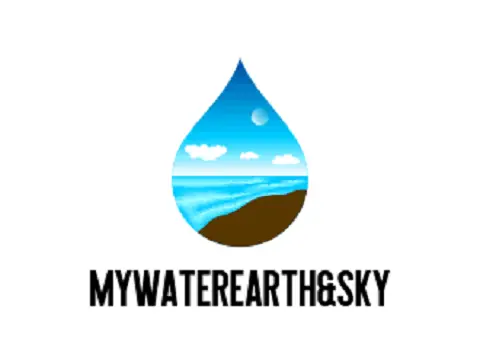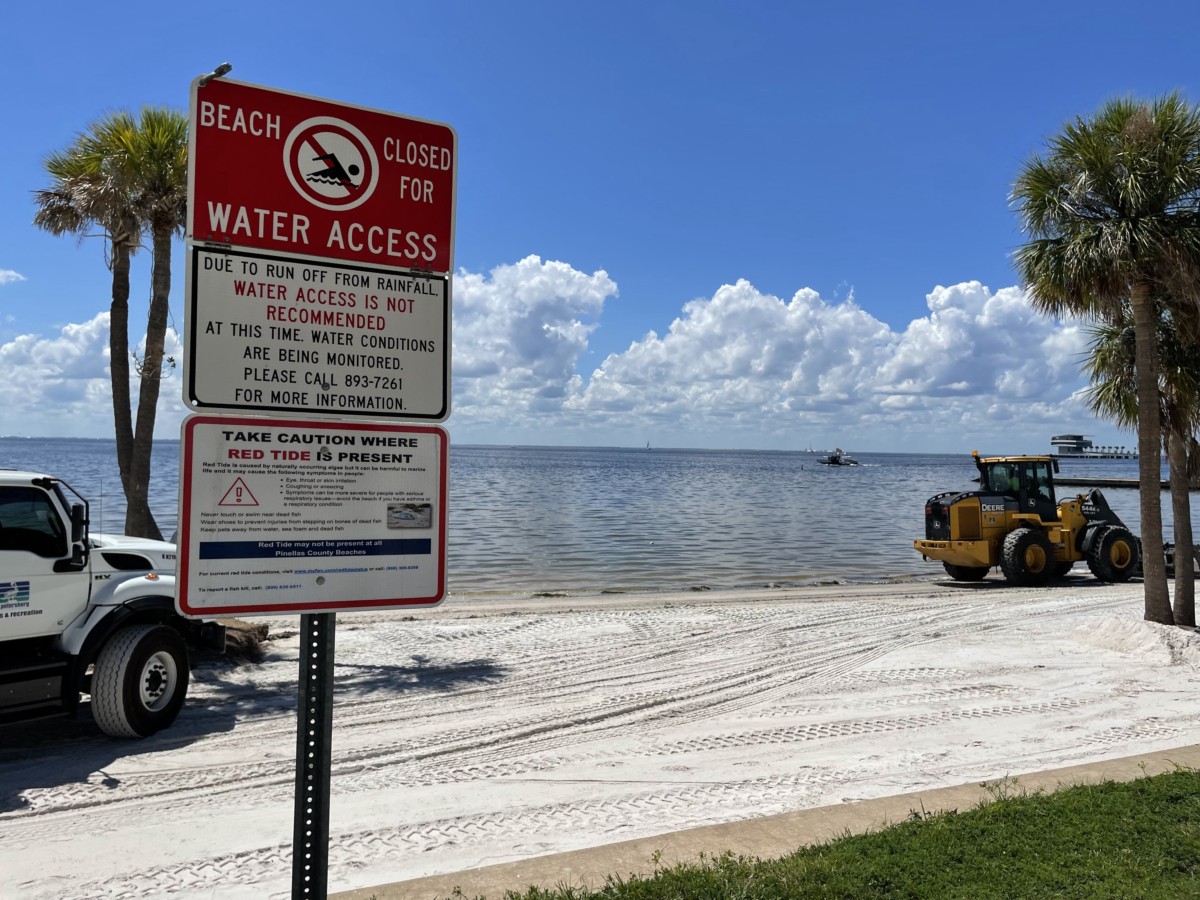Although Algal Blooms happen in most water systems fresh and saltwater there is no place where Algal Blooms called “Red Tide” is making an impact more than in the Florida coastal regions where it threatens sea life and tourism which is such a huge factor in the state. What is Florida’s Red Tide Maps 2023 and how does it work?
The Fish & Wildlife Commission’s map contains the last eight days of sampling & is updated daily with reports on the current status of Karenia Brevis blooms with the help of NOAA, using tables, buoys, static maps, satellites, interactive Google Earth maps & visual reports from the people of Florida.
Harmful algal blooms, or HABs, occur when colonies of algae simple plants that live in the sea and freshwater grow out of control while producing toxic or harmful effects on people, fish, shellfish, marine mammals, and birds. The human illnesses caused by HABs, though rare, can be debilitating or even fatal. One of the best-known HABs in the nation occurs nearly every summer along Florida’s Gulf Coast called Red Tide.

Red Tide 2024 on Florida Beaches
Naturally existing Karenia Brevis feed off a variety of nutrients. When there are higher levels of nutrients, they can explode into a bloom that can be spread by currents and wind patterns. These nutrients can include fertilizer runoff pollution. It is higher than the normal concentration of microscopic algae. When it forms off the Gulf Coast of Florida, It can discolor the saltwater-affected making it look brownish-red color.
While environmentalists note the correlation between the flow of fertilizer-polluted water from Lake Okeechobee into the Gulf of Mexico, scientists have not drawn a direct link between lake runoff and the outbreak of red tide off Sarasota and Manatee counties.
Reducing pollution from Septic systems is one way to combat this and is directly related to Red Tide. Normal nutrients are not the sole cause of the outbreak of Karenia Brevis but scientists say they do contribute to them.
Some Blooms have also been reported in the aftermath of natural phenomena like sluggish water circulation, unusually high water temperatures, and extreme weather events such as hurricanes, floods, and drought. Studies indicate that many algal species flourish when wind and water currents are favorable.
Looking Ahead 2024
As we look ahead to the year 2023 on Florida’s east coast, one major environmental concern looms over the state’s beautiful coastline: red tide outbreaks. Red tide, caused by the red microscopic organism Karenia brevis, can have devastating effects on Florida’s beaches, fish, and wildlife life, particularly in county after county along the Gulf Coast.
With recent red tide events causing extensive fish kills and even affecting human health, it’s essential that Florida take steps to prevent and mitigate red tide outbreaks in 2023 and beyond. To address the issue of red tide in Florida water, we must first understand the concentrations of organisms behind it Karenia brevis.
This toxic red algae in Florida water naturally occurs in the section of the Gulf of Mexico coast in the water offshore in Florida, and under certain conditions, like in previous years, these red organisms can quickly open up and reproduce and bloom, leading to what is known as a red tide event.
Red tide results in the water on beaches near the Gulf Coast appearing to be discolored, often with a reddish-brown hue, and can be severely detrimental to marine life, especially fish, which may die due to the toxins released by the algae. It destroys beaches and fishing and will close beaches along the coast of Florida turning the water red and causing respiratory problems to people in the water.
Preventing and mitigating red tide outbreaks in 2023 will be a multifaceted effort, including a combination of monitoring and predictive technologies, nutrient pollution control measures, wildlife habitat restoration projects, and public awareness campaigns.
It’s clear that Florida’s beautiful beaches and diverse marine life are worth protecting, and with the right approach, we can keep the red tide at bay and ensure a healthier future for our coastal ecosystems and local communities.
Red Tide Current Status from Fish & Wildlife Commission Scientists at the National Ocean Service have been monitoring and studying this phenomenon for a number of years to determine how to detect and forecast the location of the blooms. The goal is to give communities advance warnings so they can adequately plan for and deal with the adverse environmental and health effects associated with these ‘red tide events.
Florida Fish and Wildlife Conservation Commission-Fish and Wildlife Research Institute Harmful Algal Bloom Database, which provides information on the presence (as a categorical abundance) and absence of Karenia Brevis. The information is the current status of the region you are interested in.
How Long Does Red Tide Last
Red tides can last as little as a few weeks or longer than a year. They can even subside and then reoccur. There have been blooms in the last decade or two, where they have lasted more than one year and then stopped. This one from 2018 is somewhat different and scarier because it’s an ongoing threat to aquatic life and growth.
Vincent Lovko, staff scientist and program manager for Phytoplankton Ecology at Mote Marine in Sarasota, Florida said the Red Tide season is typically from late summer to late fall. Scientist say from September to October is typically when red tides reach their peak of severity and then disappears.
How and when a red tide bloom will end is difficult to predict. A good storm with enough wind and rain can break up a bloom and push it out to sea, “but that doesn’t always work,“ Lovko said. “In 2012 we had a remnant of a hurricane come through and broke it apart, but it came back and was one of the worse we’ve seen.”
Daily Sampling and monitoring identify the location and extent of the bloom and rely on satellite imagery, field observations, models, public health reports, and buoy data to provide information on bloom events.
| NOT PRESENT- BACKGROUND | background levels of 1,000 cells or less | no effects anticipated |
| VERY LOW | > 1,000 – 10,000 cells/L | possible respiratory irritation; shellfish harvesting closures when cell abundance equals or exceeds 5,000 cells/L |
| LOW | > 10,000 – 100,000 cells/L | respiratory irritation; shellfish harvesting closures; possible fish kills; probable detection of chlorophyll by satellites at the upper range of cell abundance |
| MEDIUM | > 100,000 – 1,000,000 cells/L | respiratory irritation; shellfish harvesting closures; probable fish kills; detection of surface chlorophyll by satellites |
| HIGH | > 1,000,000 cells/L | as above, plus water discoloration |
Red tide blooms are hard to predict and can last days, weeks, or months, and can also change daily due to wind conditions. Onshore winds and water movements normally bring it near the shore and offshore winds drive it out to sea.
A red tide is an event that occurs on the coastline when algae a plant-like organism grows out of control. The name “red tide” comes from the fact that overgrown algae can cause the water to change color. Red tides can be hazardous .…………………………………………………………………… Read more
Karena brevis Florida Red Tide
In the early 2000s, NOAA funded studies to test the use of clays to control red tides. Since that time, different types of clays have been developed that have fewer environmental effects and are in the initial phases of testing for Karenina brevis Floridas Red Tide.
This method involves a modified clay mineral that, when dispersed into the ocean surface, binds with red tide cells and the toxins they produce and settles them down to the ocean floor where they are eventually buried.
Nano Aeration bubbles are being used in freshwater HABs successfully and chemicals that are toxic to Karenia Brevis algal but not to other living organisms that are in the same habitat. The scientist also looked at other living organisms that may affect the growth of Karenia Brevis algal in their own environment to keep their population from growing.
The most important procedure and control used for the onset of Red Tide today is collaboration. NOAA and Florida’s Fish & Wildlife collect Information that comes from sampling by hand or automated stations strategically located to satellites collecting optical information in space to the lifeguard who is observing from the actual beach site.
- Daily Sample Map
- Collaboration for Prediction of Red Tides
- USF Optical Oceanography Laboratory
- Harmful Algal Bloom Observing System
- Beach Conditions Reporting System
- Harmful Algal Bloom Operational Forecast System
- Experimental Red Tide Respiratory Forecast
- Protecting Florida Together
Is there red tide in Florida Now? Updated
*Latest Report 06/12/2023 – Last week there was no red tide anywhere in Southwest Florida.
- No respiratory irritation due to red tide.
- No smelly dead fish carcasses washed up on the beach en masse.
- Just clean, clear, Gulf of Mexico water. ….……………………………………………………………….Read more
Where Does Red Tide Come From
For hundreds of years, the Red Tide has been reported in the same regions of Florida and other places around the world. Within the United States, red tides occur most commonly in the Gulf of Mexico, off California, and in the Gulf of Maine.
Spanish explorers described finding massive fish kills in the 1500s, and the phenomenon was first scientifically documented in the 1840s. A massive Florida red tide event that started in November 1946 lasted roughly a year and killed an estimated 1 billion fish.
State researchers say accounts of red tide events date back hundreds of years, to the first arrivals of Europeans in Florida. But Blooms in 1947 may have been the first time it was named Red Tide by a charter captain quoted in area newspapers. So it’s been around long before the problems of man-made pollution.
Conclusion:
The Fish & Wildlife Commission’s map contains the last eight days of sampling & is updated daily with reports on the current status of Karenia Brevis blooms with the help of NOAA, using tables, buoys, static maps, satellites, interactive Google Earth maps & visual reports from the people of Florida.
Harmful algal blooms, or HABs, occur when colonies of algae simple plants that live in the sea and freshwater grow out of control while producing toxic or harmful effects on people, fish, shellfish, marine mammals, and birds. The human illnesses caused by HABs, though rare, can be debilitating or even fatal. One of the best-known HABs in the nation occurs nearly every summer along Florida’s Gulf Coast called Red Tide.
Red Tide Current Status from Fish & Wildlife Commission Scientists at the National Ocean Service have been monitoring and studying this phenomenon for a number of years to determine how to detect and forecast the location of the blooms. The goal is to give communities advance warnings so they can adequately plan for and deal with the adverse environmental and health effects associated with these ‘red tide events this year 2023-2024.
Does Red Tide Only Happen in Florida?
Yes, many algae species cause red tides all over the world but the organism that causes Florida’s red tide, Karenia brevis, is found exclusively in the Gulf of Mexico and occurs from Mexico to Florida. K. brevis can be carried around the Gulf of Mexico.………………………………………………… Read more

References:
NOAA-Harmful Algal Blooms(HAB)
National Center for Coastal Ocean Science– Gulf of Mexico Harmful Algal Bloom Forecast
MyWaterEarth&Sky. How Long Does Florida’s Red Tide Normally Last


